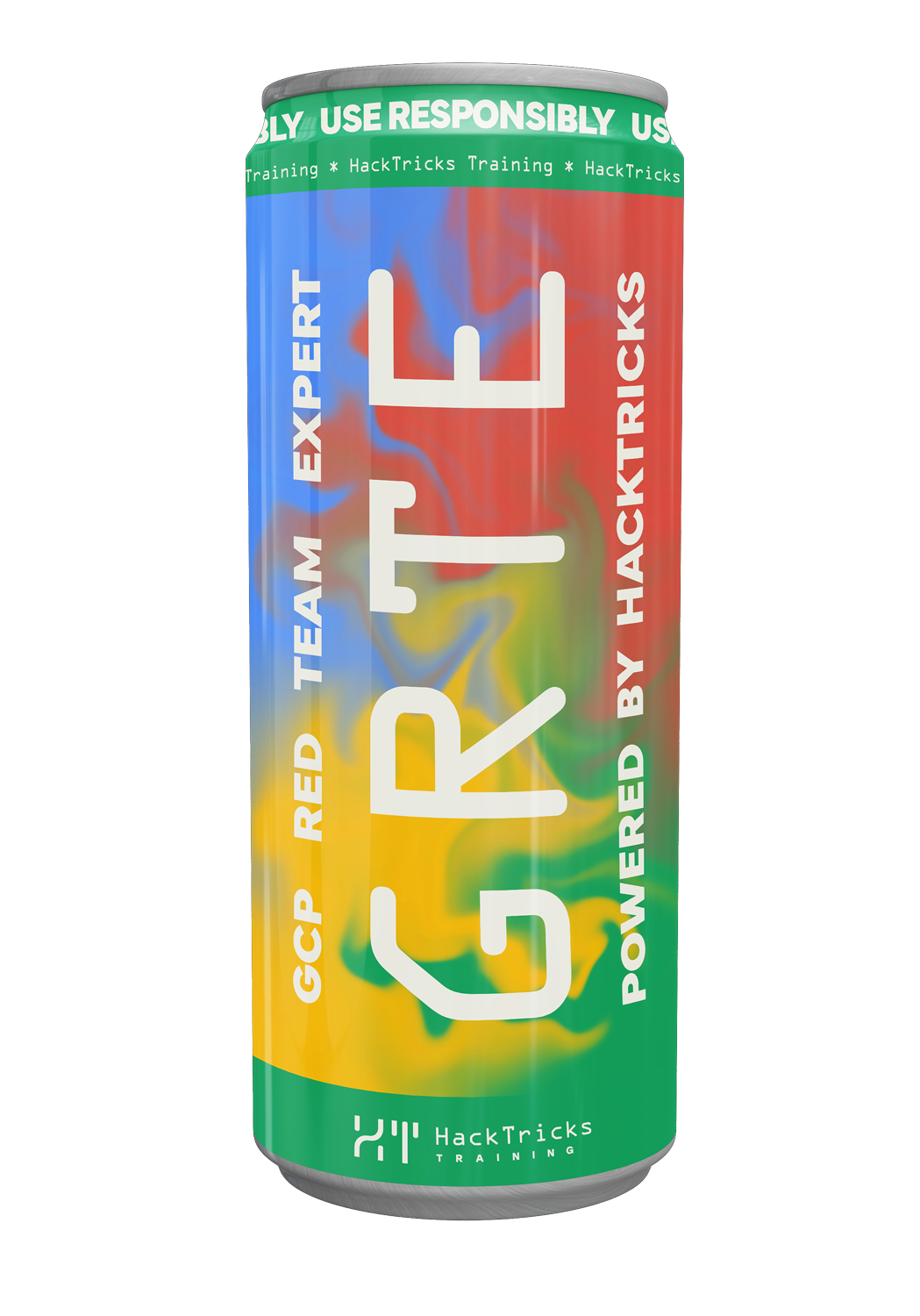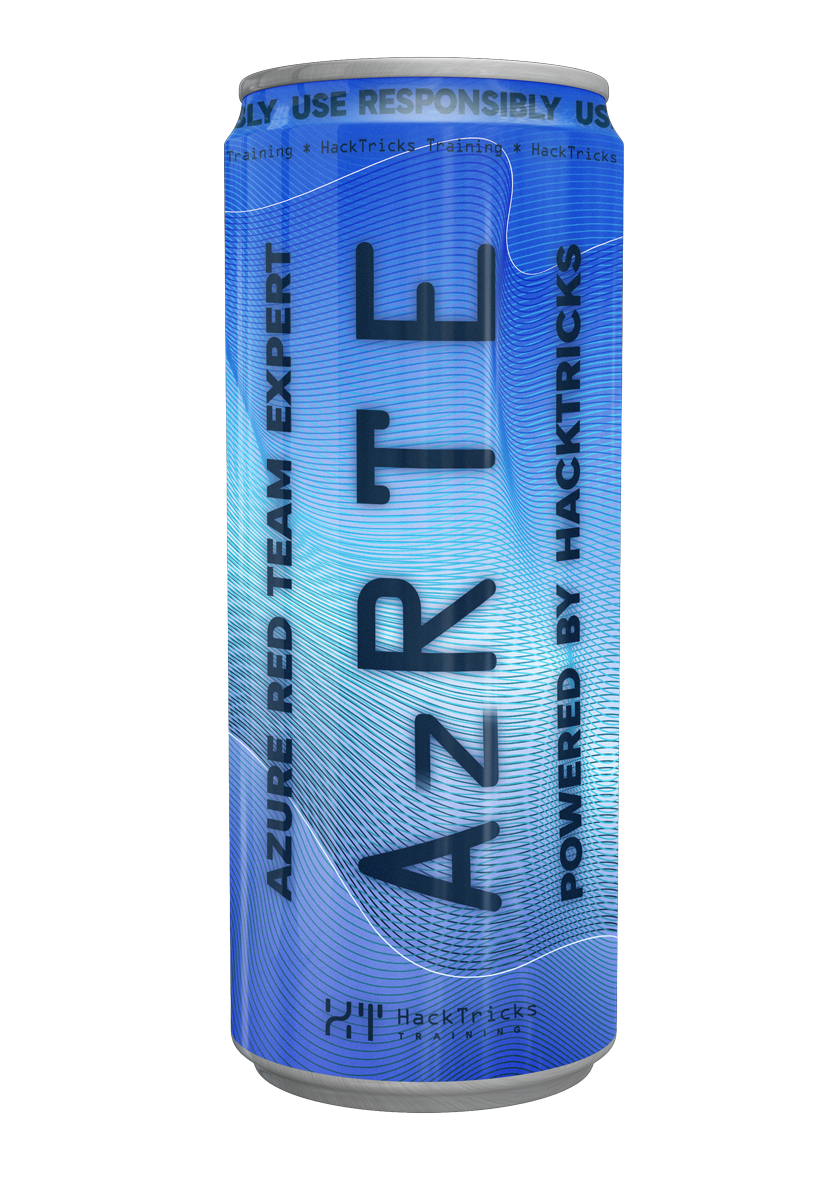Cloudflare Security
Reading time: 6 minutes
tip
AWS हैकिंग सीखें और अभ्यास करें: HackTricks Training AWS Red Team Expert (ARTE)
HackTricks Training AWS Red Team Expert (ARTE)
GCP हैकिंग सीखें और अभ्यास करें:  HackTricks Training GCP Red Team Expert (GRTE)
HackTricks Training GCP Red Team Expert (GRTE) Azure हैकिंग सीखें और अभ्यास करें:
Azure हैकिंग सीखें और अभ्यास करें:  HackTricks Training Azure Red Team Expert (AzRTE)
HackTricks Training Azure Red Team Expert (AzRTE)
HackTricks का समर्थन करें
- सदस्यता योजनाओं की जांच करें!
- हमारे 💬 Discord समूह या टेलीग्राम समूह में शामिल हों या हमें Twitter 🐦 @hacktricks_live** पर फॉलो करें।**
- हैकिंग ट्रिक्स साझा करें, PRs को HackTricks और HackTricks Cloud गिटहब रिपोजिटरी में सबमिट करके।
In a Cloudflare account there are some general settings and services that can be configured. In this page we are going to analyze the security related settings of each section:
.png)
Websites
Review each with:
Domain Registration
-
In
Transfer Domainscheck that it's not possible to transfer any domain.
Review each with:
Analytics
I couldn't find anything to check for a config security review.
Pages
On each Cloudflare's page:
-
Check for sensitive information in the
Build log. - Check for sensitive information in the Github repository assigned to the pages.
-
Check for potential github repo compromise via workflow command injection or
pull_request_targetcompromise. More info in the Github Security page. -
Check for vulnerable functions in the
/fuctionsdirectory (if any), check the redirects in the_redirectsfile (if any) and misconfigured headers in the_headersfile (if any). - Check for vulnerabilities in the web page via blackbox or whitebox if you can access the code
-
In the details of each page
/<page_id>/pages/view/blocklist/settings/functions. Check for sensitive information in theEnvironment variables. - In the details page check also the build command and root directory for potential injections to compromise the page.
Workers
On each Cloudflare's worker check:
- The triggers: What makes the worker trigger? Can a user send data that will be used by the worker?
-
In the
Settings, check forVariablescontaining sensitive information - Check the code of the worker and search for vulnerabilities (specially in places where the user can manage the input)
- Check for SSRFs returning the indicated page that you can control
- Check XSSs executing JS inside a svg image
- It is possible that the worker interacts with other internal services. For example, a worker may interact with a R2 bucket storing information in it obtained from the input. In that case, it would be necessary to check what capabilities does the worker have over the R2 bucket and how could it be abused from the user input.
warning
Note that by default a Worker is given a URL such as <worker-name>.<account>.workers.dev. The user can set it to a subdomain but you can always access it with that original URL if you know it.
For a practical abuse of Workers as pass-through proxies (IP rotation, FireProx-style), check:
Cloudflare Workers Pass Through Proxy Ip Rotation
R2
On each R2 bucket check:
- Configure CORS Policy.
Stream
TODO
Images
TODO
Security Center
-
If possible, run a
Security Insightsscan and anInfrastructurescan, as they will highlight interesting information security wise. - Just check this information for security misconfigurations and interesting info
Turnstile
TODO
Zero Trust
Bulk Redirects
note
Unlike Dynamic Redirects, Bulk Redirects are essentially static — they do not support any string replacement operations or regular expressions. However, you can configure URL redirect parameters that affect their URL matching behavior and their runtime behavior.
- Check that the expressions and requirements for redirects make sense.
- Check also for sensitive hidden endpoints that you contain interesting info.
Notifications
- Check the notifications. These notifications are recommended for security:
Usage Based BillingHTTP DDoS Attack AlertLayer 3/4 DDoS Attack AlertAdvanced HTTP DDoS Attack AlertAdvanced Layer 3/4 DDoS Attack AlertFlow-based Monitoring: Volumetric AttackRoute Leak Detection AlertAccess mTLS Certificate Expiration AlertSSL for SaaS Custom Hostnames AlertUniversal SSL AlertScript Monitor New Code Change Detection AlertScript Monitor New Domain AlertScript Monitor New Malicious Domain AlertScript Monitor New Malicious Script AlertScript Monitor New Malicious URL AlertScript Monitor New Scripts AlertScript Monitor New Script Exceeds Max URL Length AlertAdvanced Security Events AlertSecurity Events Alert- Check all the destinations, as there could be sensitive info (basic http auth) in webhook urls. Make also sure webhook urls use HTTPS
- As extra check, you could try to impersonate a cloudflare notification to a third party, maybe you can somehow inject something dangerous
Manage Account
-
It's possible to see the last 4 digits of the credit card, expiration time and billing address in
Billing->Payment info. -
It's possible to see the plan type used in the account in
Billing->Subscriptions. -
In
Membersit's possible to see all the members of the account and their role. Note that if the plan type isn't Enterprise, only 2 roles exist: Administrator and Super Administrator. But if the used plan is Enterprise, more roles can be used to follow the least privilege principle. - Therefore, whenever possible is recommended to use the Enterprise plan.
- In Members it's possible to check which members has 2FA enabled. Every user should have it enabled.
note
Note that fortunately the role Administrator doesn't give permissions to manage memberships (cannot escalate privs or invite new members)
DDoS Investigation
tip
AWS हैकिंग सीखें और अभ्यास करें: HackTricks Training AWS Red Team Expert (ARTE)
HackTricks Training AWS Red Team Expert (ARTE)
GCP हैकिंग सीखें और अभ्यास करें:  HackTricks Training GCP Red Team Expert (GRTE)
HackTricks Training GCP Red Team Expert (GRTE) Azure हैकिंग सीखें और अभ्यास करें:
Azure हैकिंग सीखें और अभ्यास करें:  HackTricks Training Azure Red Team Expert (AzRTE)
HackTricks Training Azure Red Team Expert (AzRTE)
HackTricks का समर्थन करें
- सदस्यता योजनाओं की जांच करें!
- हमारे 💬 Discord समूह या टेलीग्राम समूह में शामिल हों या हमें Twitter 🐦 @hacktricks_live** पर फॉलो करें।**
- हैकिंग ट्रिक्स साझा करें, PRs को HackTricks और HackTricks Cloud गिटहब रिपोजिटरी में सबमिट करके।
 HackTricks Cloud
HackTricks Cloud